Buenos Aires, the queen of Plata
Lady of Latin American Capitals...
"...Mi Buenos Aires querido, cuando te vuelvo a ver"
Buenos Aires, the queen of Plata
Lady of Latin American Capitals...
"...Mi Buenos Aires querido, cuando te vuelvo a ver"
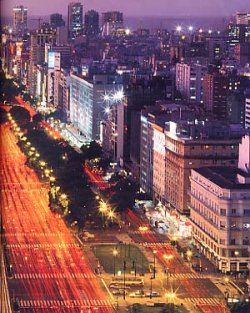 "...Mi Buenos Aires querido, cuando te vuelvo a ver": famous words, those of a poignant tango that evoked the immense sense of despondency of the emigrant who left his beloved city, Buenos Aires. And it is the same sensation felt a few months ago, in March, by this writer: when he left the Argentine capital to return to Rome. In the heart, however, unlike the melancholy melody of the tango, there is a sparkling hope: to return as soon as possible to the wonderful metropolis where they had just spent ten, very pleasant, days of holiday. Baires is always fascinating, with its art deco architecture, the city, the domes that evoke the most elegant Paris or the pleasant and colorful "calles peatonales": like Lavalle y Florida, dotted with shops that are now extraordinarily cheap for Western tourists .
"...Mi Buenos Aires querido, cuando te vuelvo a ver": famous words, those of a poignant tango that evoked the immense sense of despondency of the emigrant who left his beloved city, Buenos Aires. And it is the same sensation felt a few months ago, in March, by this writer: when he left the Argentine capital to return to Rome. In the heart, however, unlike the melancholy melody of the tango, there is a sparkling hope: to return as soon as possible to the wonderful metropolis where they had just spent ten, very pleasant, days of holiday. Baires is always fascinating, with its art deco architecture, the city, the domes that evoke the most elegant Paris or the pleasant and colorful "calles peatonales": like Lavalle y Florida, dotted with shops that are now extraordinarily cheap for Western tourists .
The other side of the coin of what has been defined as "the great crisis", without wanting to appear cynical. Today, many employees, managers, simple people of all kinds wander the streets of Baires: on their faces, often, a veil of sadness in which it is not difficult to read the consequences of an economic debacle that has now lasted for more than two years. A crisis always "brought" with great pride and dignity. The other side of the coin, it was said: because it is important, also for the country's economy, that the tourist knows which and how many shopping and service opportunities (of the highest quality) one of the great capitals of the world offers him today: South American , but with a diffuse tone that at times makes it seem like Milan, at others New York, at others Paris.
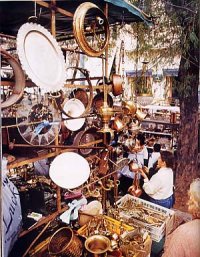 Shopping centres, sports brands, beauty treatments, relaxation: the commercial carousel has not stopped, it has only slowed down a bit: but the city, in the Pacific Gallery or elsewhere, is still packed with people. Signs and shop windows still shine, as do the decorations and the many "patios de comidas", where it is possible to choose any type of menu, suitable for even the most demanding palates.
Shopping centres, sports brands, beauty treatments, relaxation: the commercial carousel has not stopped, it has only slowed down a bit: but the city, in the Pacific Gallery or elsewhere, is still packed with people. Signs and shop windows still shine, as do the decorations and the many "patios de comidas", where it is possible to choose any type of menu, suitable for even the most demanding palates.
In Buenos Baires you can eat very well and pay very little: it seems like a slogan, but beyond the rhyme, this is also an important thing to know. The exceptional meat, of course. But not only that.
For the European tourist, perhaps, residing in the Recoleta neighborhood represents the best accommodation: a neighborhood with an upper-middle-class vocation, historic, with nice shops, architecturally valuable buildings, geographically central and very safe and quiet. Luxury, design, restaurants and hotels, including the famous Alvear (don't miss at least one visit to its exceptional rooms), with its load of Belle-époque splendor.
You walk, getting lost among streets so neatly orthogonal and so distant from the baroque layout of our cities. Let yourself be enchanted by the fascinating and animated evening whisper coming from the many cafés, the numerous restaurants or the noisier house-pubs that surround the monumental cemetery of the neighborhood (where Evita Peron rests) and the beautiful colonial church of "Nuestra Senora del Pilar".
From Recoleta to Palermo, from Palermo to Belgrano: try to see as much as possible and stay in the city for at least a week. Or at least enough not to miss a visit to admire the massive recovery work done for Porto Madero, the ancient English port with the famous red brick Docks and cranes: luxurious lofts, yachts (there are still many) and above all restaurants, where you can get an idea of what's trendy in the city.
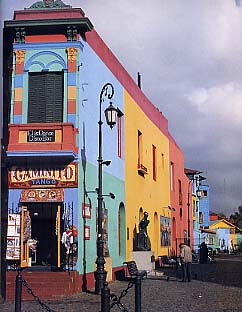 "Criollas" and Italian, French and Spanish, Asian or Tex Mex specialities: Baires is truly an international city. And its history of immigration means that an Italian restaurant here is often truly Italian; a really French Frenchman and so on. Don't be surprised if in the end you pay something like ten euros per person in an excellent restaurant, with a gargantuan free buffet and excellent all-you-can-eat "parrilla" (all types of grilled meat). One last recommendation, before leaving the reader free to get lost wherever and however he wants in the neighborhoods of historic Baires: don't miss a visit, albeit a brief one, to the best-maintained colonial barrio: the San Telmo neighborhood.
"Criollas" and Italian, French and Spanish, Asian or Tex Mex specialities: Baires is truly an international city. And its history of immigration means that an Italian restaurant here is often truly Italian; a really French Frenchman and so on. Don't be surprised if in the end you pay something like ten euros per person in an excellent restaurant, with a gargantuan free buffet and excellent all-you-can-eat "parrilla" (all types of grilled meat). One last recommendation, before leaving the reader free to get lost wherever and however he wants in the neighborhoods of historic Baires: don't miss a visit, albeit a brief one, to the best-maintained colonial barrio: the San Telmo neighborhood.
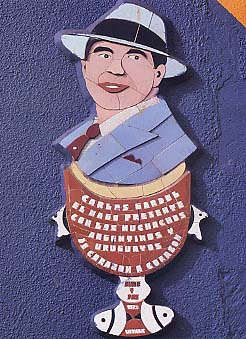 On Sundays there is the most famous antiques market in Argentina. But the rest of the week (with the possibility of better deals) the streets of the barrio are still teeming with shops whose merchandise ranges from bric-à-brac to antiques. Doing business is not impossible, if you know how to choose and sift, as they say in the jargon. Prices are often for tourists. But dealing is possible, with grace and courtesy. And in any case the prices requested for deco or modern antique objects are far lower than those of our markets, and the offer is still very vast.
In fact, you should know, if you don't already know, that Argentina in the twenties and thirties of the twentieth century was one of the richest countries in the world, with highly respectable industrial production (therefore design and objects).
On Sundays there is the most famous antiques market in Argentina. But the rest of the week (with the possibility of better deals) the streets of the barrio are still teeming with shops whose merchandise ranges from bric-à-brac to antiques. Doing business is not impossible, if you know how to choose and sift, as they say in the jargon. Prices are often for tourists. But dealing is possible, with grace and courtesy. And in any case the prices requested for deco or modern antique objects are far lower than those of our markets, and the offer is still very vast.
In fact, you should know, if you don't already know, that Argentina in the twenties and thirties of the twentieth century was one of the richest countries in the world, with highly respectable industrial production (therefore design and objects).
I haven't told you about Boca, but it is perhaps the best known place. There are those who consider it fake, with its colorful houses. Maybe that's not entirely true. But in short, judge for yourself. However, you will have to discover something on your own.
"...Mi Buenos Aires querido, cuando te vuelvo a ver"
Mirta Panfido
Special Argentina...
REPORTAGE

Seductive
Read
argentine Tango...
Tourist trains
Coming soon
in Argentina
Snow in summer
Coming soon
is called South America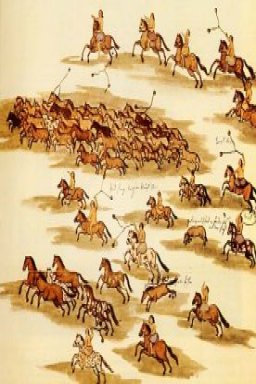
C'era una volta...
Coming soon
un'altra Pampa
La cucina tipica
Coming soon
argentina
L'esercito...
Coming soon
più pacifico del mondo
Lo show
Coming soon
delle balene in Patagonia